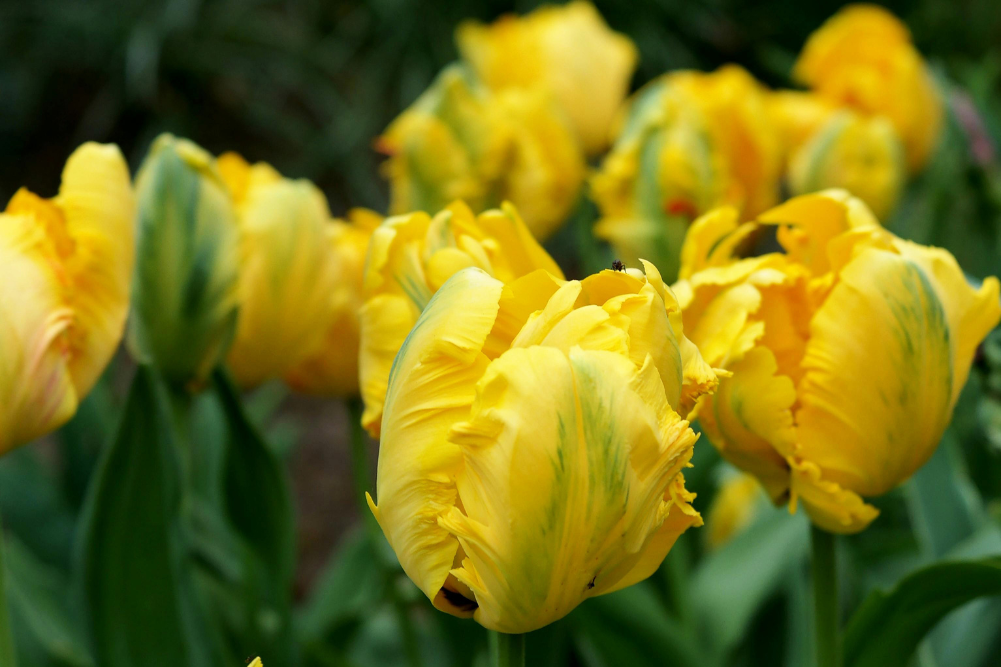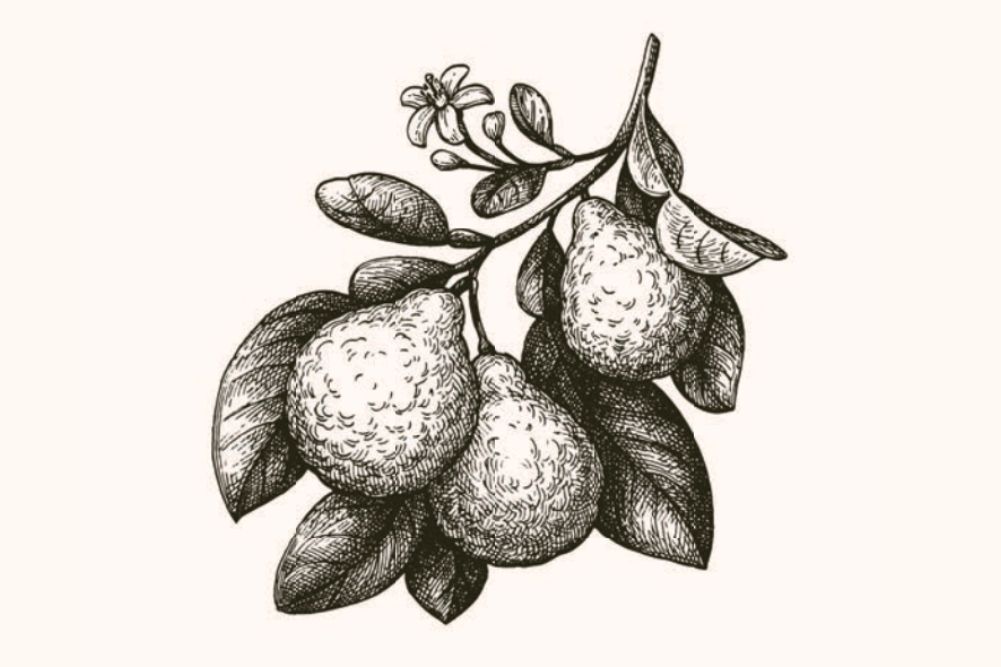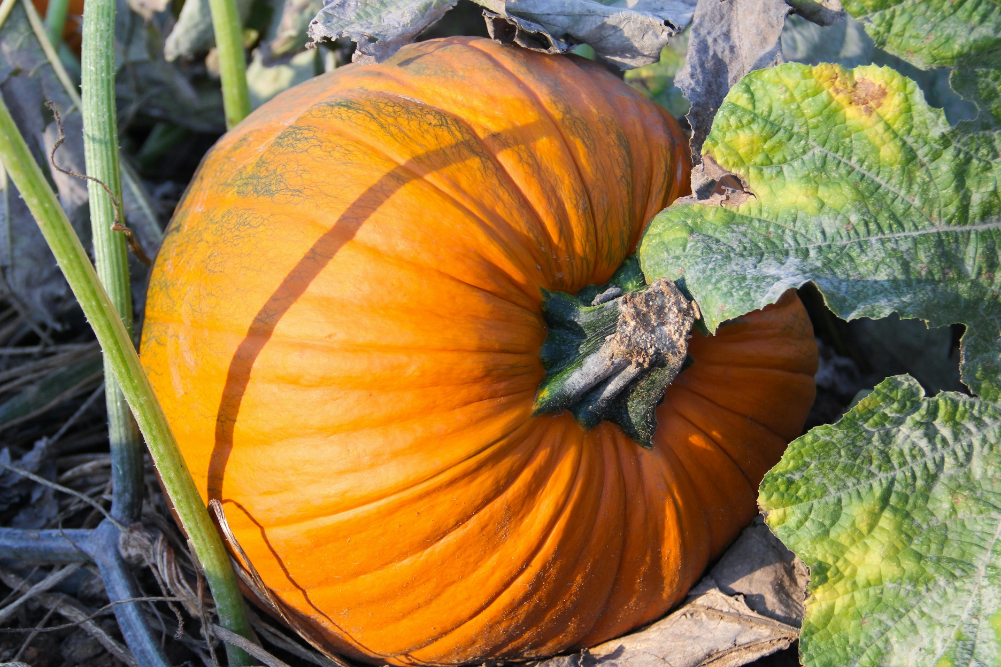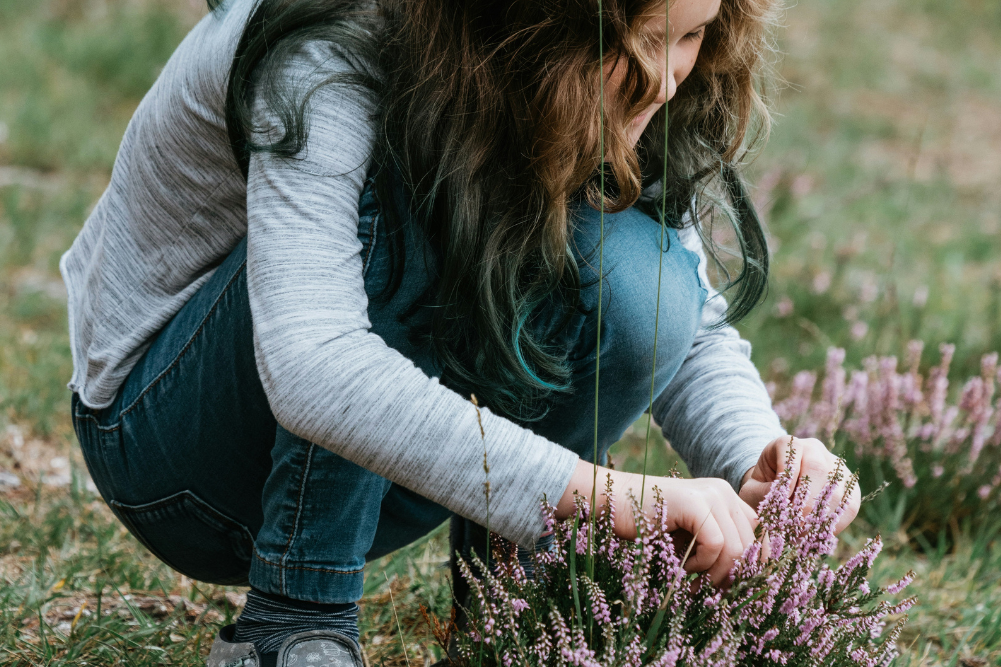How to beautify your bathroom with foliage
We have a lizard living in our bathroom. It seems happy, scurrying under the sink when a human enters and presumably feeding well on the odd insect attracted by the light, as it looks quite plump. On the other hand, as we usually leave the bathroom door open for good ventilation and more sunlight, the lizard may be heading in and out and feeding elsewhere.
Good ventilation and sunlight — and food from elsewhere — are what bathroom plants need, too. Bathrooms are not naturally good places for plants as, for privacy reasons, few have large sunny windows. Ours does, but then the only neighbours are the wombats and wallabies. One friendly young wombat did try to jump through the bathroom window whenever he sensed a human in the shower, but that’s another story …
Bathrooms can also be too moist and steamy for many plants. But, for those of us who feel that every room looks better with greenery, here are some tough survivors. They’re all old-fashioned plants — but all the better for that. Many, many households have found them tough and reliable.
Ferns
Ferns of all kinds look stunning against bathroom tiles, but they shed. Old fern fronds naturally die off then turn to gunge that clogs up drains. Trim tatty foliage often to keep them looking green and gorgeous, but also to stop dead leaves washing down the drain.
The secret of bathroom ferns is to make sure they have the right position. Avoid direct sunlight but give them good light. Humidity is essential, which bathrooms usually have, and they do best with moist soil but can die if overwatered.
Feeding strong plant food or feeding too often kills off young fern fronds. Use a soluble plant food made up at one-third the regular strength only while new fronds continue to appear, and don’t feed more than once every two or three months. Make sure the base doesn’t sit in water; ie give ferns a drink, a little and often, but not a flood.
If you want a bright-leafed plant for a hanging basket, a Rex begonia will be an excellent survivor.
You can tell if your fern is in the wrong place. If it leans towards the window it needs more light. If new fronds don’t form, it’s being over-fed or over-watered. If it looks bushier on one side than another, but all of it looks pretty OK, just move it around every week so all of it can get the best dose of light possible.
I also like to put ferns — and all pots plants — out in the shade on rainy days so they can get a thorough natural drenching and to give predators the chance to pick off aphids and scale and other pests. By the way, the little specks on your fern are almost certainly their fern spores, not a pest, so don’t try to kill them. Also, old leaves dying off at the base is just what ferns do naturally — the old fronds die as new ones grow to take their place. Only worry if there are no new fronds and your fern becomes thinner and thinner and seems to be diminishing, not growing.
If it does, try taking your plant outside, placing on a table or bench for good drainage in dappled shade, then leaving it alone for a few months, apart from regular watering. I’ve seen many ratty-looking ferns slowly become lush and wonderful just by being left alone.
Rex begonias
If you want a bright-leafed plant for a hanging basket, a Rex begonia will be an excellent survivor. It’s good for poorly lit areas and lots of neglect, but beware of dead leaves in drains. If you do see dead leaves — or drying branches — it either means it isn’t getting enough water, food or light or, just possibly, too much of all three. A small amount of detective work, though, should tell what the culprit may be.
Just like ferns, watch your begonias to see if one side grows better than another and move around regularly. And, just like ferns, a short — or long — recovery solution can be as simple as taking them for a holiday in dappled light outdoors.
Kentia & Queen palms
These tall growers may be old-fashioned but can look wonderful in the corner of a bathroom in a big pot, and progressively bigger ones as they grow. If they don’t get attention, ie food, water and light, they won’t do anything much. Both palms are hardy enough to survive in poor light, though they grow better with good filtered light. Both palms survive drying out, too, so they are likely to survive when you go on holidays.
But if you do care for and feed and water these plants, and they get reasonable light, they can grow quite quickly. One small plant can reach two metres in a couple of years if they have warmth as well. On the other hand, they can stay pretty much unchanging — but still green — if they are neglected.
Just as with other indoor plants, it’s possible that vigorously growing greenery may help remove pollutants from the air, which can include the by-products of some bathroom cleaners. A single plant, though, is unlikely to have much of an effect except on ambiance. And, if you have a lizard that likes your bathroom, it may be all the happier for some greenery. And the humans who use the bathroom will enjoy it, too.








